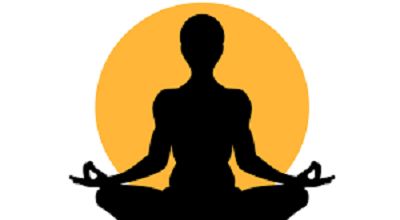Mudras and Bandhas
Mudras and bandhas are yogic practices that involve hand gestures (mudras) and energy locks (bandhas) to channel and control the flow of energy within the body. These practices are commonly used in yoga and meditation to enhance physical, mental, and spiritual well-being.
Mudras:
- Jnana Mudra: In this gesture, the tip of the index finger touches the tip of the thumb, forming a circle. The other three fingers are extended gently. This mudra is associated with knowledge and wisdom.
- Chin Mudra: The tip of the thumb touches the tip of the index finger, and the other three fingers are extended. This mudra is often used during meditation and is associated with the unity of consciousness.
- Anjali Mudra (Namaste): This is the popular prayer gesture where the palms are pressed together in front of the heart. It symbolizes respect, gratitude, and the balance of opposites.
Bandhas:
- Mula Bandha (Root Lock): This involves contracting the muscles of the pelvic floor. It is believed to redirect the flow of energy upward, supporting the spine and promoting stability.
- Uddiyana Bandha (Abdominal Lock): This involves pulling the abdominal muscles inward and upward toward the spine. It is often used in pranayama (breath control) and is thought to stimulate the solar plexus and digestive organs.
- Jalandhara Bandha (Throat Lock): This is the chin lock, where the chin is lowered toward the chest, compressing the throat. It is commonly used in pranayama to regulate the flow of energy and control the thyroid gland.
Summary
These practices are integral parts of certain yoga traditions, particularly Hatha Yoga. They are believed to help balance the subtle energy systems (prana) within the body. Enhance concentration, meditation, and overall well-being. It’s important to note that the practice of mudras and bandhas should ideally be learned under the guidance of an experienced yoga teacher. As improper practice may lead to discomfort or injury,.
